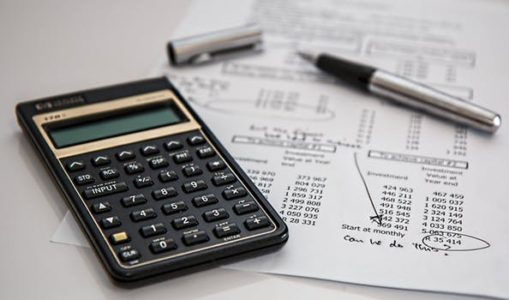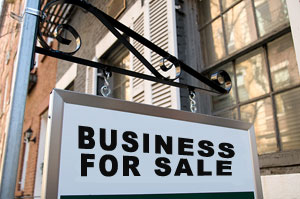To continue the series of Business Valuation FAQs, here are even more questions and answers.
We hope you enjoyed the picture of the iconic HP 12c business calculator! Many people still use it, all these years later.
Back to the FAQs. These are questions we periodically hear in our valuation practice.
Can a business have more than one value?
The short answer to this question is an unequivocal “Yes”. The longer answer is that the value of a company can be different depending on the purpose of the valuation and in cases of acquisitions, who the buyer is and their specific circumstances. So a business can have several values at any one point in time. It all depends.
What is the “valuation date”?
A business valuation report is the value of a business at one specific point in time. The business value can change over time as both external and internal items affecting the business can change. For example, as interest rates increase (as they are now) that usually affects value in a negative way.
Sometimes we are asked to value a business as of a specific date that is a long time ago. Sometimes years and years ago. The business now may be worth more or less than it was at that time. But since we want to know what the business value is at a specific point in time, in the past, we must ignore all information that comes after that point. And act as if we are living in that moment and do not use the information that will occur in the future (from the perspective of that point in time). This requires some mental discipline but it is the valuation standard in those situations.
Can a business valuation expire?
A business valuation report provides a value as of a specific point in time. Since the value is one point in time, it is unaffected by what comes after. So the valuation should not “expire” as long as the valuation date does not change.
When the valuation date changes, the valuation may change. For example, a company may be valued at $10 million on December 31, 2005. But a transaction (see prior post) requires a valuation as of December 31, 2009. That is four years later and a lot has transpired in that time. Not the least of which was The Great Recession. So the valuation should be redone because conditions are different and the earlier valuation is not considered.
Generally, about a year’s time would result in the circumstances and environment changing enough to make a valuation with an earlier date not usable for later events. But this is inexact so talk to your valuation consultant to determine if you need to update a valuation for use at a later time.
How do I know if a business valuation is any good?
There are many ways to judge if a valuation is a quality product. Is the presentation professional? Does it follow proper valuation standards according to the organization of the member that prepared it? Does it consider all reasonable factors affecting the valuation of the subject business? Did the professionals working on the report act in a professional way?
A valuation should make sense on its face. Meaning, do the results make common sense? If the results are unexpected, why would that be? One possible way to test a valuation’s results is the purchase price justification method. The purchase price justification can tell if a business’s cash flow (after all necessary deductions) can provide a return to the investor.
However, the purchase price justification method is almost never considered a good stand-alone valuation method.
You should also pay close attention to the qualifications of the person who signed the wrote and did most of the work on it. Is that person certified by one of the major valuation organizations? There are only very limited exceptions to this and many finance and legal professionals do not know the rules. So be careful.
In certain circumstances, especially if it is a tax or litigation valuation, a valuation report will be disallowed because of a lack of valuation credentials of the valuator. This is extensive case law on this, so be careful what you use the valuation for.



